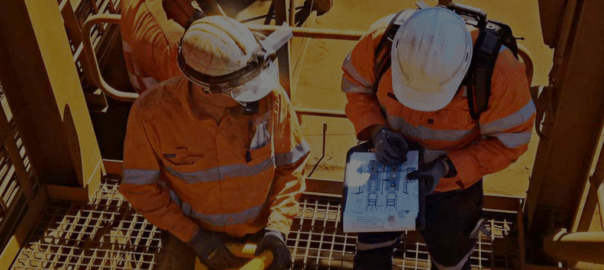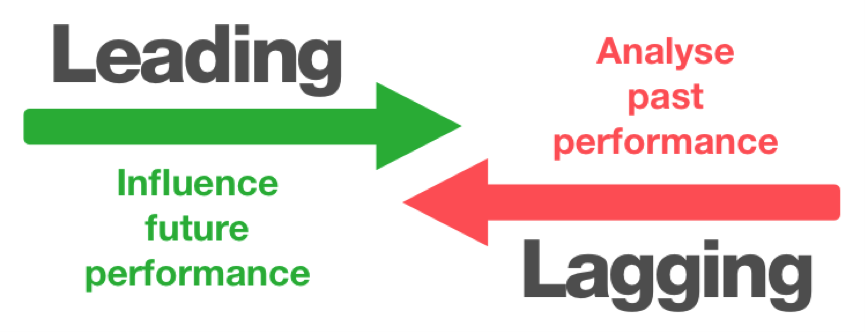Our Blog

Call for more life-saving defibrillators in the workplace
New guidance on the use of automated external defibrillators (AEDs) in the workplace has been published on the WorkSafe website to help promote safer workplaces. WorkSafe’s guidance states that, anyone with access to an automated external defibrillator (AED) can safely step in to handle a cardiac arrest crisis, knowing they cannot cause greater harm to
Read More
Consequences of being unsafe on site
Workplace incidents are unfortunately quite common, especially in the industrial and mining sectors. The range of tasks, hazards, situations and environments that workers are exposed to are inherently dangerous. There are some areas which are more hazardous than others, thus they require more thought and procedure in regard to injury and fatality prevention. Certified and
Read MoreHow to Add Tundra to your Mobile Device
Launch Chrome for Android and open the website or web page you want to pin to your home screen. Tap the menu button and tap Add to homescreen. You’ll be able to enter a name for the shortcut and then Chrome will add it to your home screen. The icon will appear on your home
Read More10 Simple Workplace, Health & Safety (WHS) tips
These 10 Workplace, Health & Safety (WHS) tips will help you minimise risks and hazards in the workplace. Keep Fire Doors Shut Fire doors must be kept closed at all times (never propped open) if they are to function properly in an emergency. No objects should obstruct fire doors at any time, so if you
Read MoreRoot Cause Analysis During an Accident Investigation
OSHA and EPA Urge Employers to Conduct a Root Cause Analysis OSHA and EPA encourage employers to conduct a root cause analysis following an incident or near miss at a facility. The fact sheet defines a root cause as “a fundamental, underlying, system-related reason why an incident occurred that identifies one or more correctable system failures”. Employers
Read More
Near Miss Reporting as a Leading Indicator
Lagging Indicators and Leading Indicators Used to measure safety performance are Lagging indicators and leading indicators. Whereas the first type of measure is reactive in nature, the second is proactive. Lagging indicators measure facts after they have occurred, such as the number of injuries, lost time from work, etc. As Peter Bussey from LNS Research
Read More
Use Lagging Indicators to Evaluate Leading Indicators
Lagging and Leading Indicators Can Work Together Many safety professionals argue that tracking leading indicators is a more effective way of improving safety performance than lagging indicators. Lagging indicators measure what has already happened (e.g. number of incidents, days away from work), while leading indicators measure proactive, preventative, and predictive initiatives before incidents happen (training,
Read More
Risk Rating for Contractor Work to be Performed
Place Contractors in a Predetermined Risk Category According to the white paper, 9 out of 14 research participants evaluate the risk of the work to be performed by contractors. This is achieved typically through a risk matrix. Contractors are placed in a predetermined risk category, and each risk category may require contractors to take additional steps
Read More
Workplace Inspections – Basic Principles
Workplace inspections help prevent incidents through the critical examination of workplaces. Inspections help identify all types of workplace hazards (biological, chemical, ergonomic, physical), leading to corrective actions. Principles Increase the Effectiveness of Inspections To make workplace inspections as effective as possible, it is helpful to establish and abide by a set of basic principles. The
Read More
3 Different Categories of Leading Indicators
Leading Indicators Are Classified in Three Broad Categories The Campbell Institute at the National Safety Council has published many research reports on leading indicators. One of them, Practical Guide to Leading Indicators: Metrics, Case Studies & Strategies, includes a matrix of key leading indicators, their definitions and associated metrics. The matrix represents a collaborative benchmarking effort
Read MoreCategories
- Our Blog (19)
- Uncategorized (3)